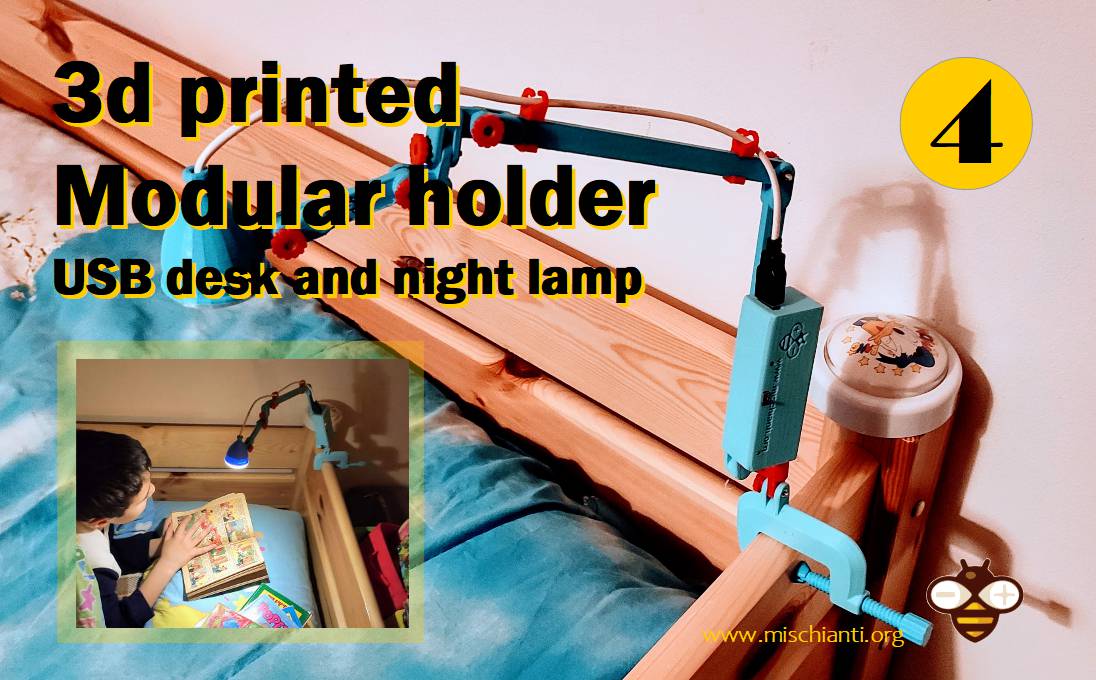An LED, or Light Emitting Diode, is a type of electronic component that emits light when an electric current passes through it. Unlike traditional incandescent bulbs, LEDs don’t have a filament that heats up to produce light. Instead, they are made from semiconductor material that emits light when an electric current stimulates its electrons.
LEDs are known for their energy efficiency and longevity. They consume much less power compared to incandescent or fluorescent lights and have a much longer operational life. This makes them a popular choice for a wide range of applications, from simple indicators on electronic devices to lighting for homes, offices, and outdoor spaces.
The color of the light emitted by an LED is determined by the materials used in the semiconductor. Common colors include red, green, blue, yellow, and white. Some LEDs are designed to emit infrared or ultraviolet light. Additionally, LEDs can be made very small, allowing them to be used in compact and intricate electronic designs.
LEDs also have the advantage of being highly durable and resistant to shocks and vibrations. They turn on instantly and can be dimmed easily, providing flexibility in lighting design. Their compact size, efficiency, and durability have revolutionized lighting and display technologies in various industries.












